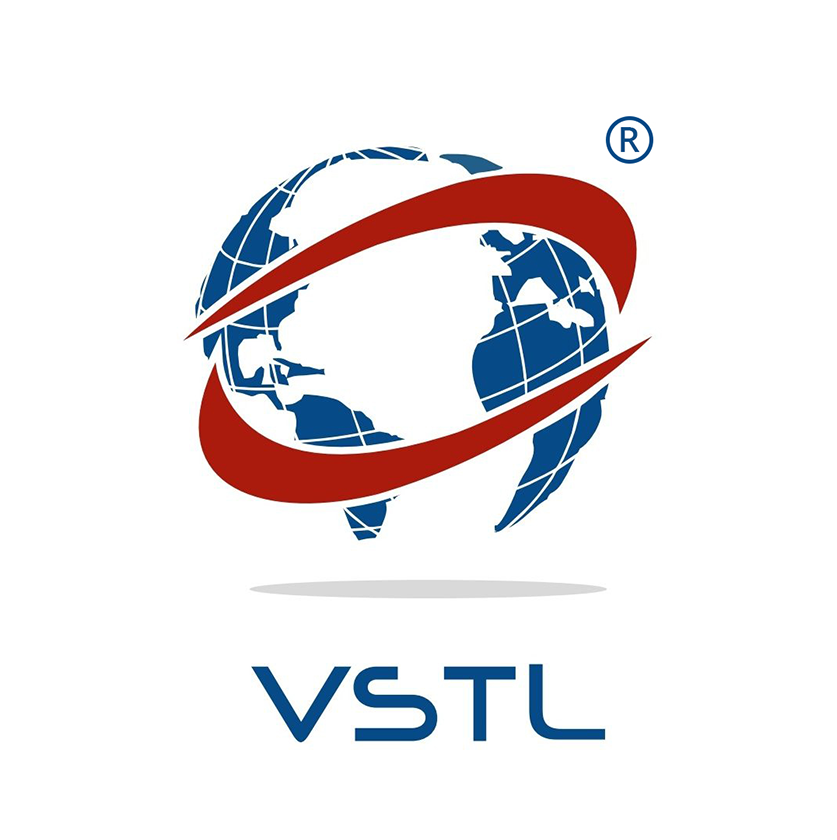
When building or upgrading a server, one of the most important decisions you’ll face is choosing the right type of hard drive. Two major contenders dominate the server HDD landscape: SATA (Serial ATA) and SAS (Serial Attached SCSI). While both have their unique strengths, selecting the wrong one can lead to performance bottlenecks or unnecessary expenses.
In this blog, we’ll break down the key differences between SATA and SAS drives, explore their use cases, and help you make an informed decision tailored to your business needs.
What Is a SATA Drive?
SATA, short for Serial ATA, is a widely used interface for connecting hard drives to servers and computers. SATA drives are known for their affordability, large storage capacities, and reliability for standard workloads.
Key Features of SATA:
- Lower cost per GB
- Storage capacities up to 20TB or more
- Data transfer rates up to 6 Gbps
- Best for read/write-intensive tasks with lower I/O demands
These drives are ideal for archival storage, backups, and non-critical applications that don’t require high-speed data access.
What Is a SAS Drive?
SAS, or Serial Attached SCSI, is a high-performance interface typically used in enterprise environments. SAS drives offer better reliability, faster data transfer speeds, and improved error correction.
Key Features of SAS:
- Higher RPMs (10K to 15K) for faster performance
- Data transfer rates up to 12 Gbps (SAS-3)
- Advanced error correction and data integrity features
- Hot-swappable for easier maintenance
SAS drives are best suited for mission-critical applications, databases, and environments requiring high availability and uptime.
SATA vs SAS: Side-by-Side Comparison
| Feature | SATA HDD | SAS HDD |
|---|---|---|
| Cost | Lower | Higher |
| Performance | Up to 6 Gbps | Up to 12 Gbps |
| Reliability | Moderate | High |
| Typical Use Case | Backups, archiving, cold data | Databases, virtualization, ERP |
| MTBF (Mean Time Between Failures) | ~1.2 million hours | ~2 million hours |
| Form Factor | 3.5-inch commonly | 2.5-inch commonly |
| Interface | Serial ATA | Serial Attached SCSI |
When to Choose SATA HDDs
Choose SATA drives if:
- Your business handles large amounts of cold data (rarely accessed files)
- You’re building a cost-effective backup server
- You need lots of storage capacity at the lowest possible cost
- Your workload doesn’t demand high-speed I/O
SATA is a perfect fit for small businesses, file servers, and environments where budget is a key factor.
When to Choose SAS HDDs
Choose SAS drives if:
- Your server runs critical applications like databases or ERP systems
- You require high-speed data access and minimal latency
- Your system is running 24/7 and cannot afford downtime
- You need better error correction and data integrity
SAS is ideal for enterprise data centers, high-transaction environments, and servers where performance and reliability are top priorities.
Hybrid Approach: Can You Use Both?
Absolutely! Many modern server setups use a hybrid storage model. For example:
- SAS for hot data: Frequently accessed and business-critical files
- SATA for cold data: Archived documents, backups, and logs
This strategy allows you to balance performance and cost-efficiency, optimizing both uptime and storage capacity.
Conclusion: Choose Based on Your Needs
The right HDD for your server depends on what you need most — speed, reliability, or storage capacity. If your primary concern is cost and capacity, SATA is the way to go. If you’re prioritizing uptime, data integrity, and performance, SAS is your best bet.
For many businesses, a mix of both delivers the best of both worlds. As server demands evolve, understanding these differences will help you make smarter IT decisions.
Need help choosing or sourcing bulk server HDDs? At Value Smart Trading, we specialize in helping businesses like yours build smarter, scalable IT infrastructures. Contact us today for a quote!
